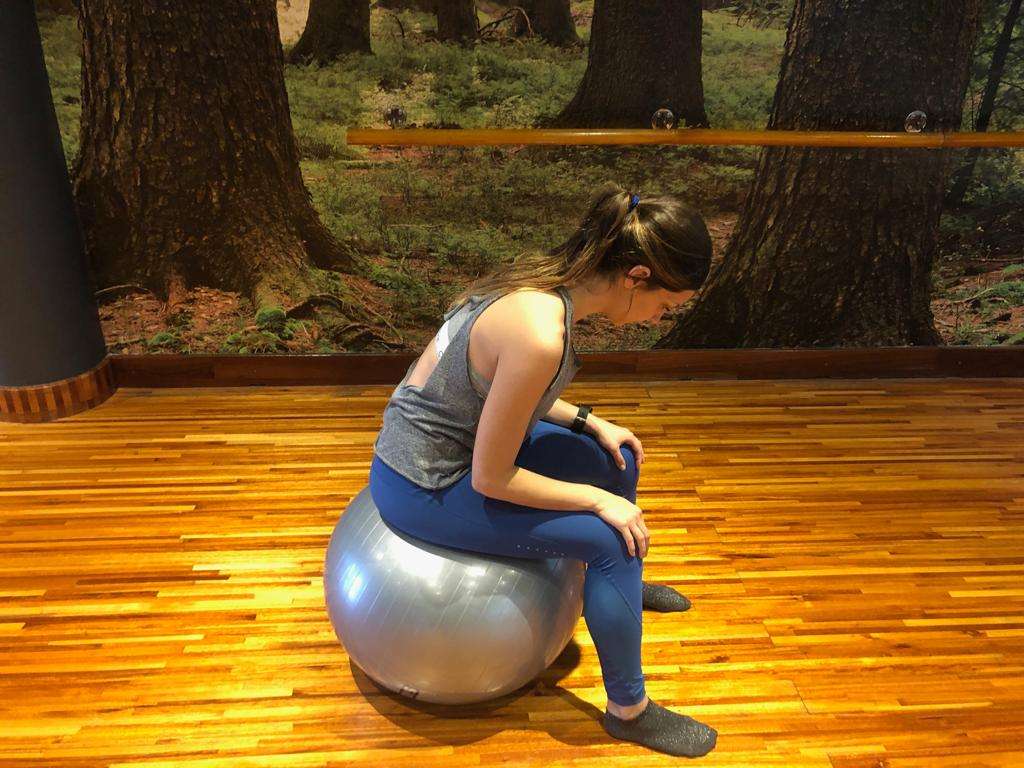
Start in a slouched position.
Scoot your buttocks right to the back of the chair (if you are using a chair).
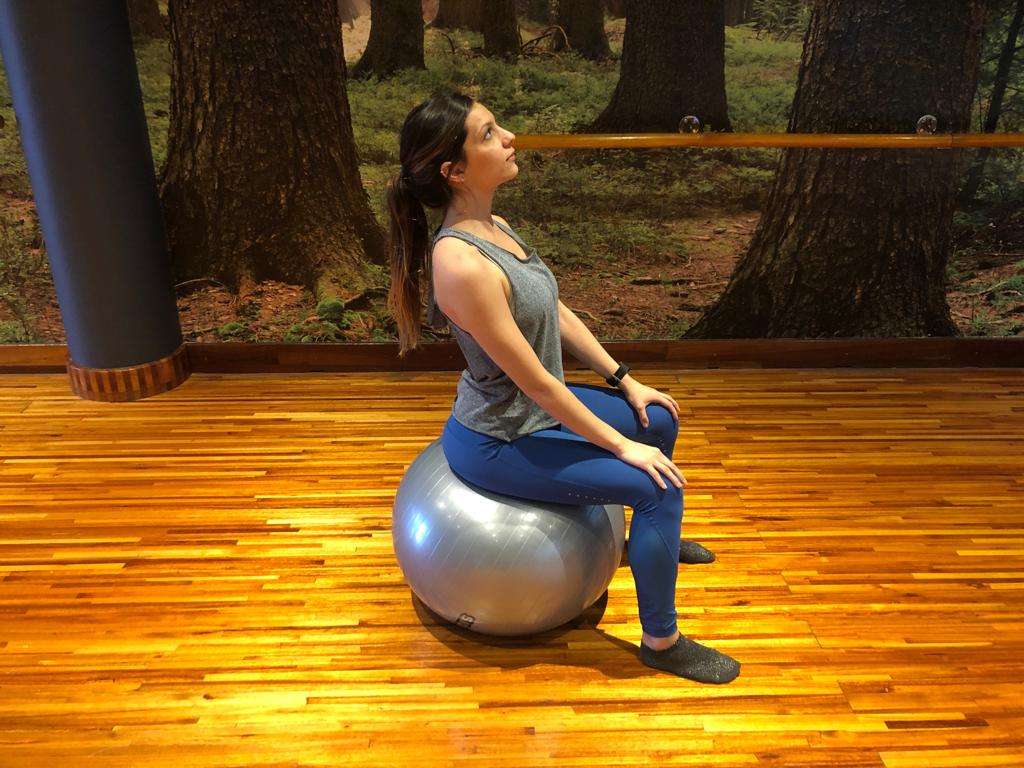
Now extend backwards increasing the lordosis (the small of your back) until you feel a locking sensation.
Please note that this is the extreme of the good position and if this is maintained it may result in pain.

Release your lordosis by 10% (bend forward by 10%) .
A lumbar roll/pillow can be used to support this arch in your back.
Keep your hips and knees bent to 90 degrees, while keeping your feet flat on the floor.
Avoid sitting on anything that would create uneven load distribution like your wallet.
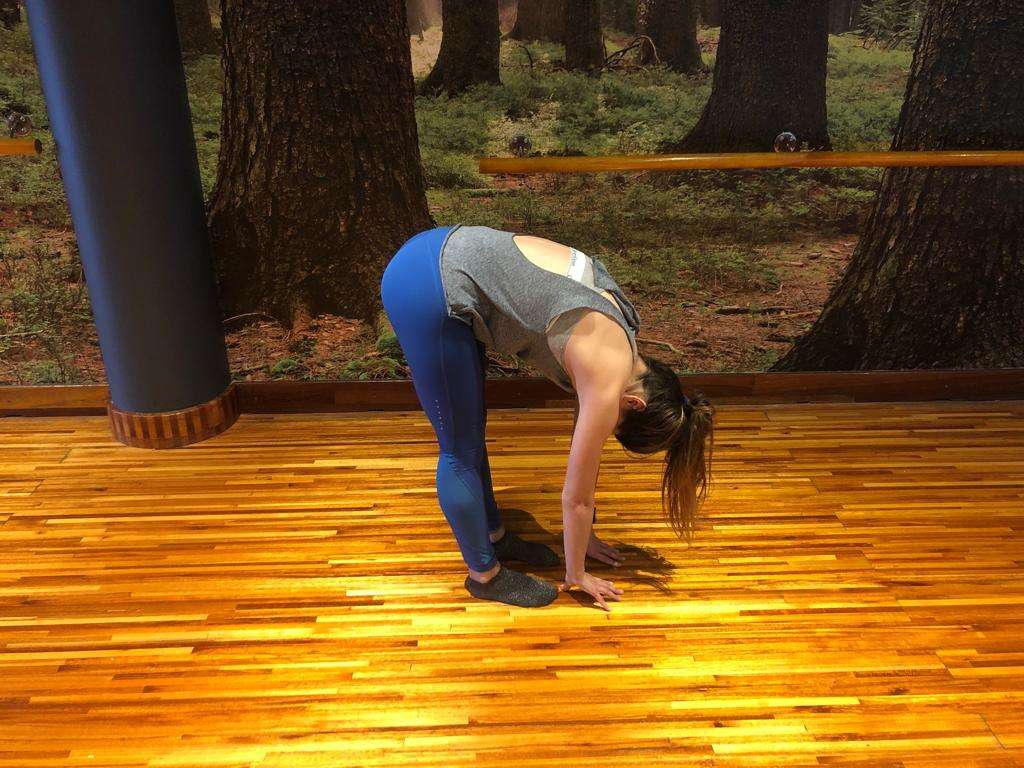
First bend down by sagging your chest and flexing at your hips and back.
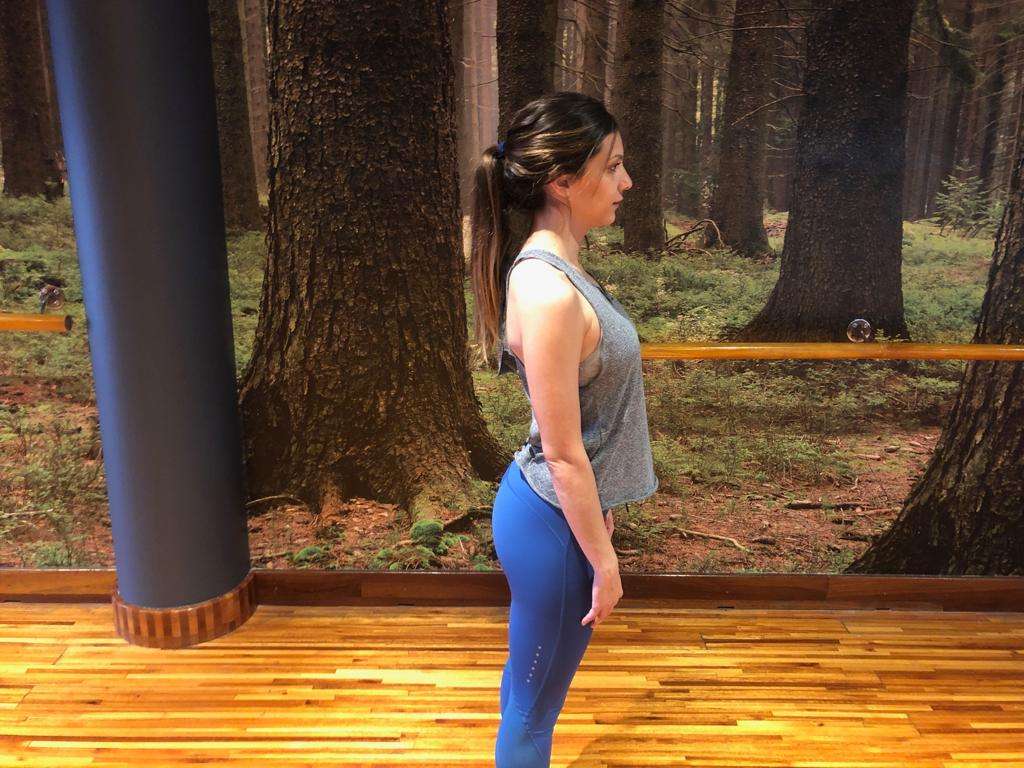
Now bend backwards until you feel your lower back joints locking up, this is your extreme lordosis.
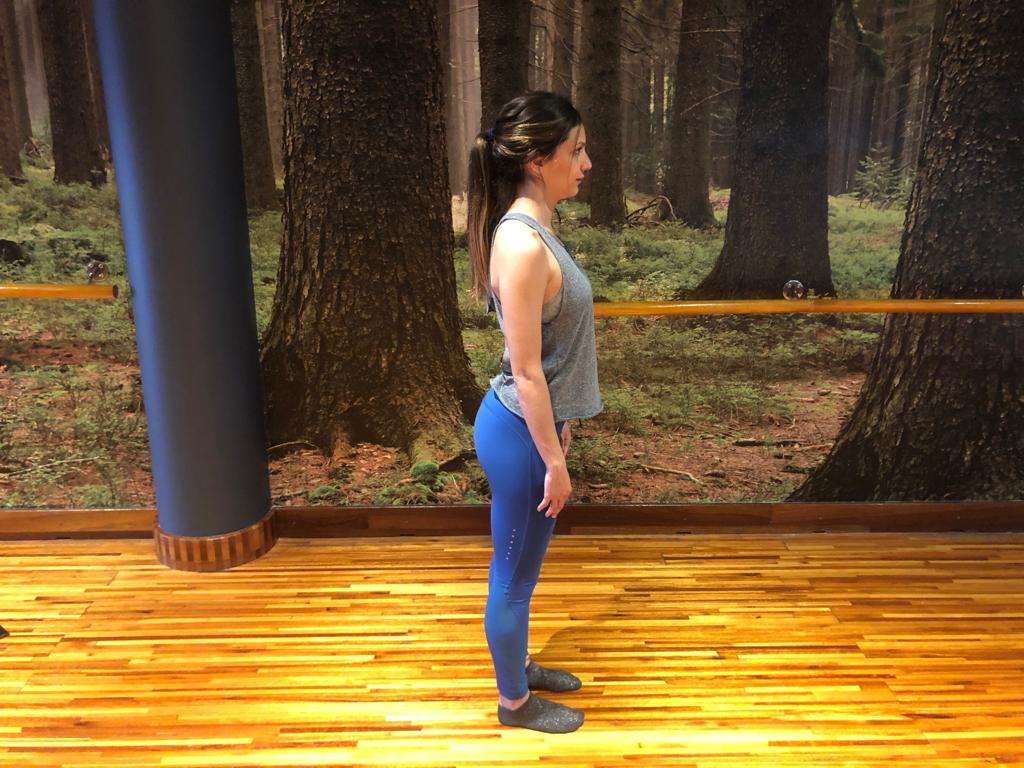
Reduce this position by 10% to take pressure of your joints.
Lift the chest, tighten your buttocks and contract your abdominal muscles.
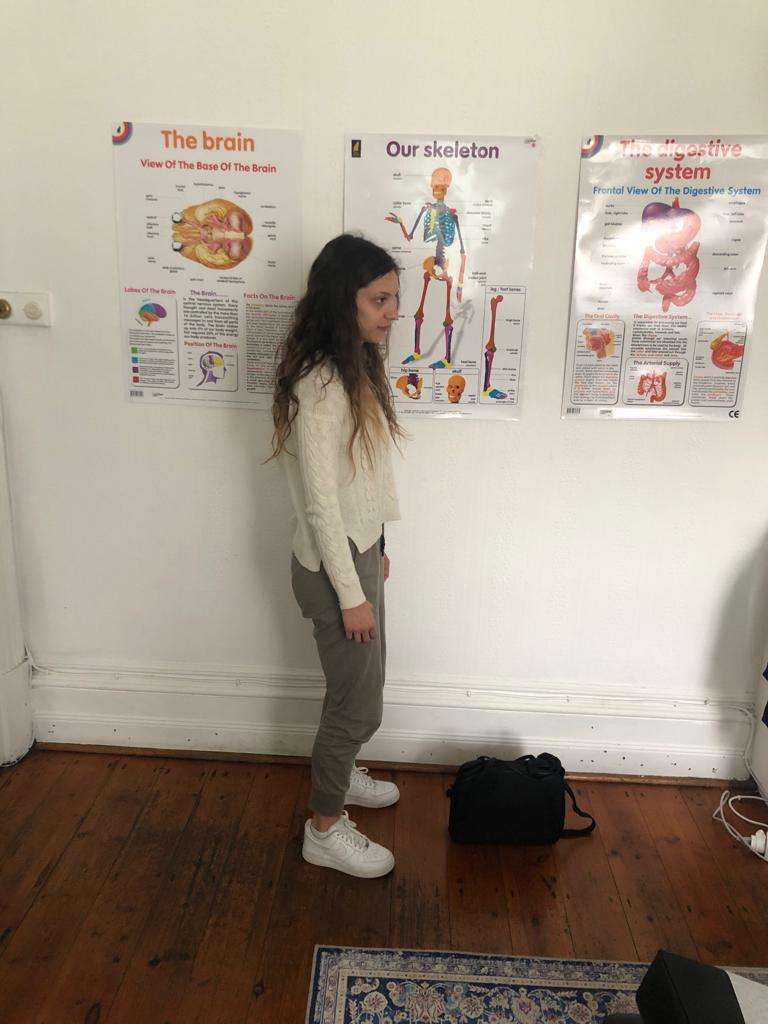
The key to lifting is maintaining your lumbar lordosis (small of your back).
Stand close to the object to be lifted, with a wide stance.
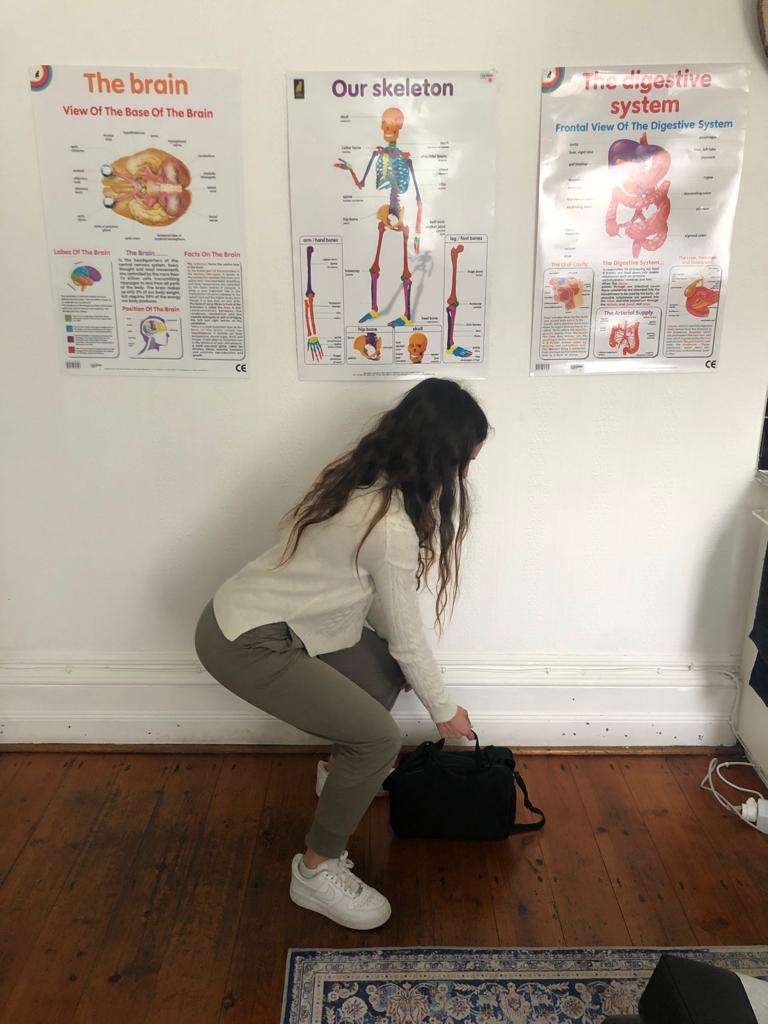
Accentuate your lordosis and use your knees to do the bending.
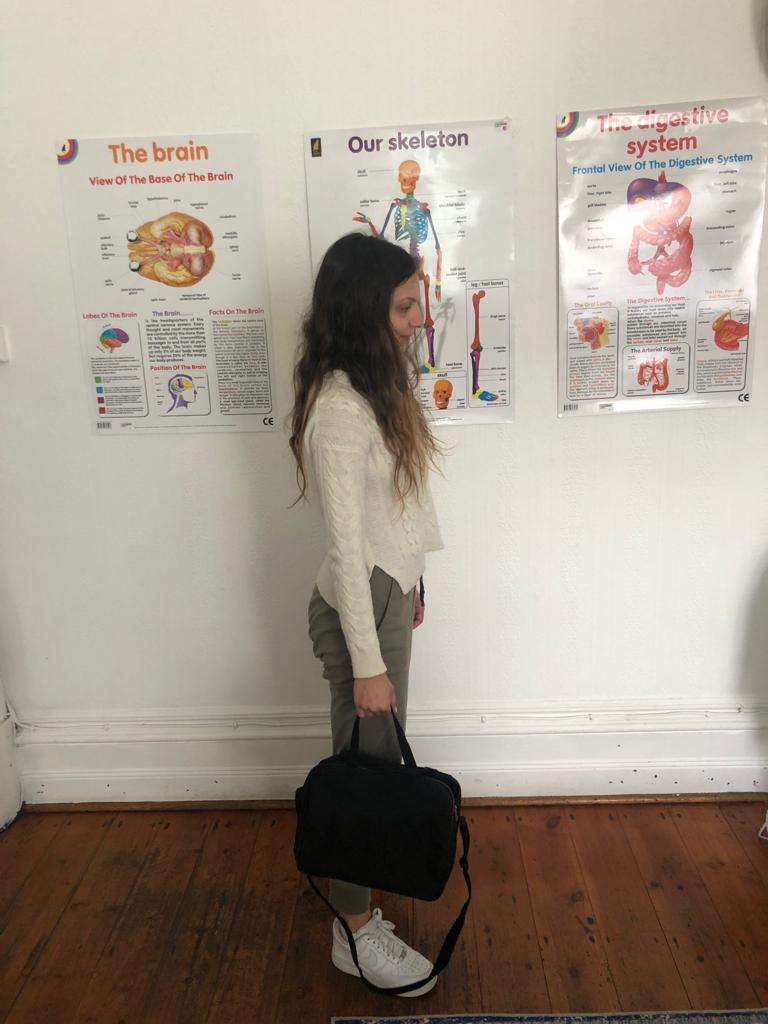
Now straighten your knees while maintaining your lordosis.
Use the same technique when lowering objects to the ground.
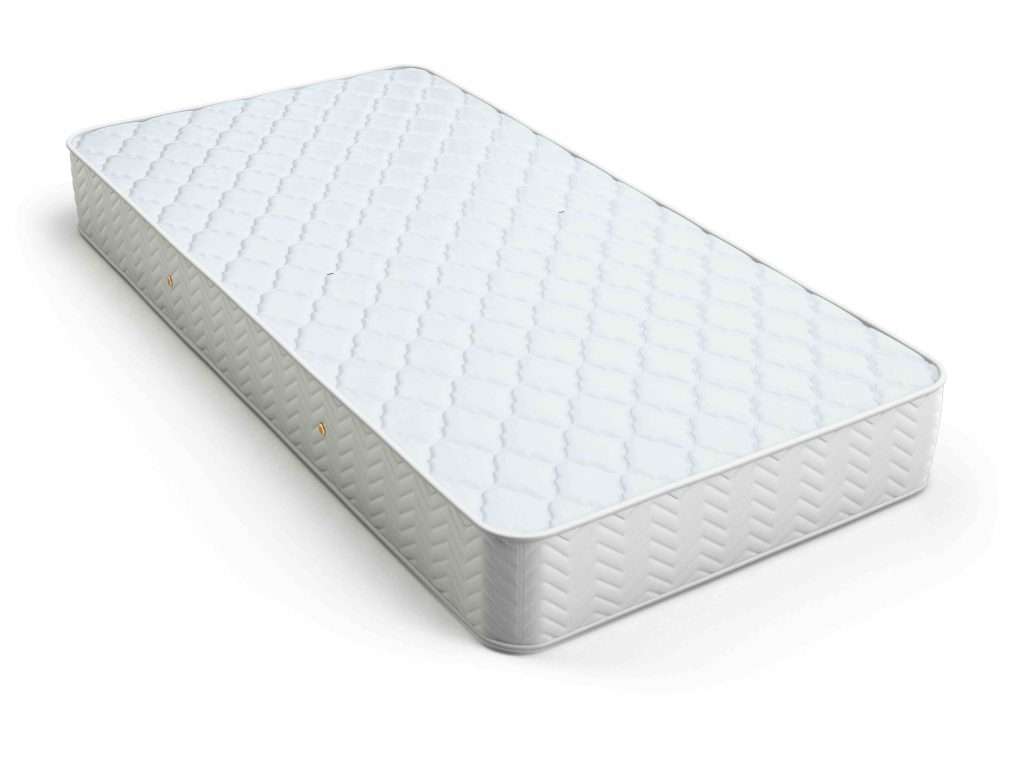
Check your mattress and ensure it does not sag.
The mattress does not need to be hard, however it is essential your mattress is placed on a firm support.

If you sleep on your side, place a pillow in between your knees. If you sleep on your back, place a pillow under your knees.
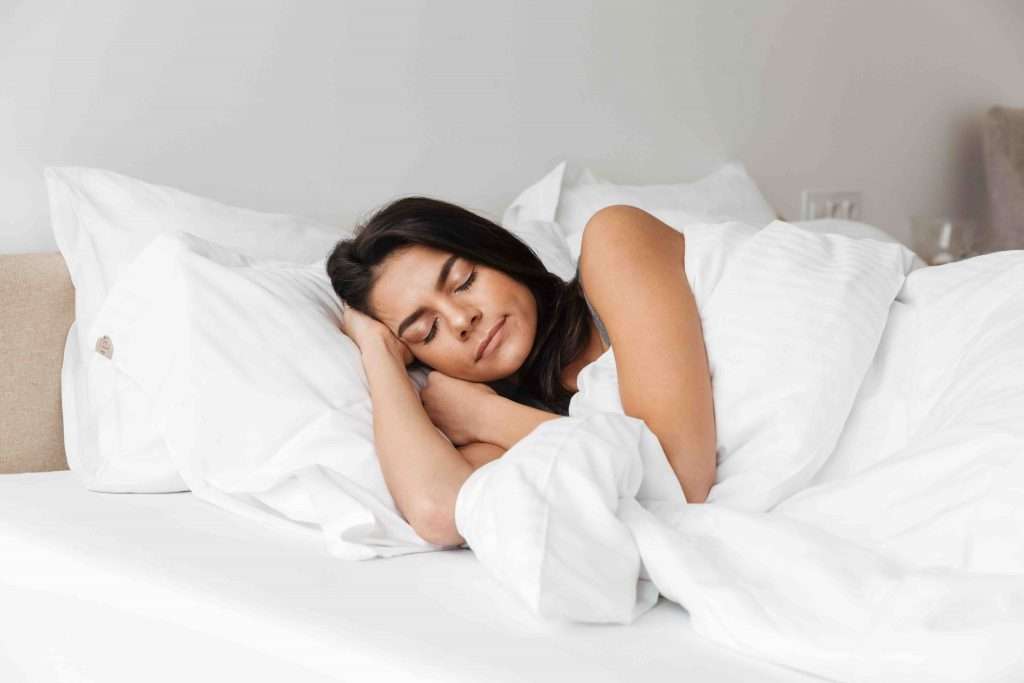
Choose a pillow, which will hold your head and neck in a neutral position.
Avoid very thick pillows
Do not use multiple pillows
Select a down or fibre filled pillow
Consider an orthopedic pillow
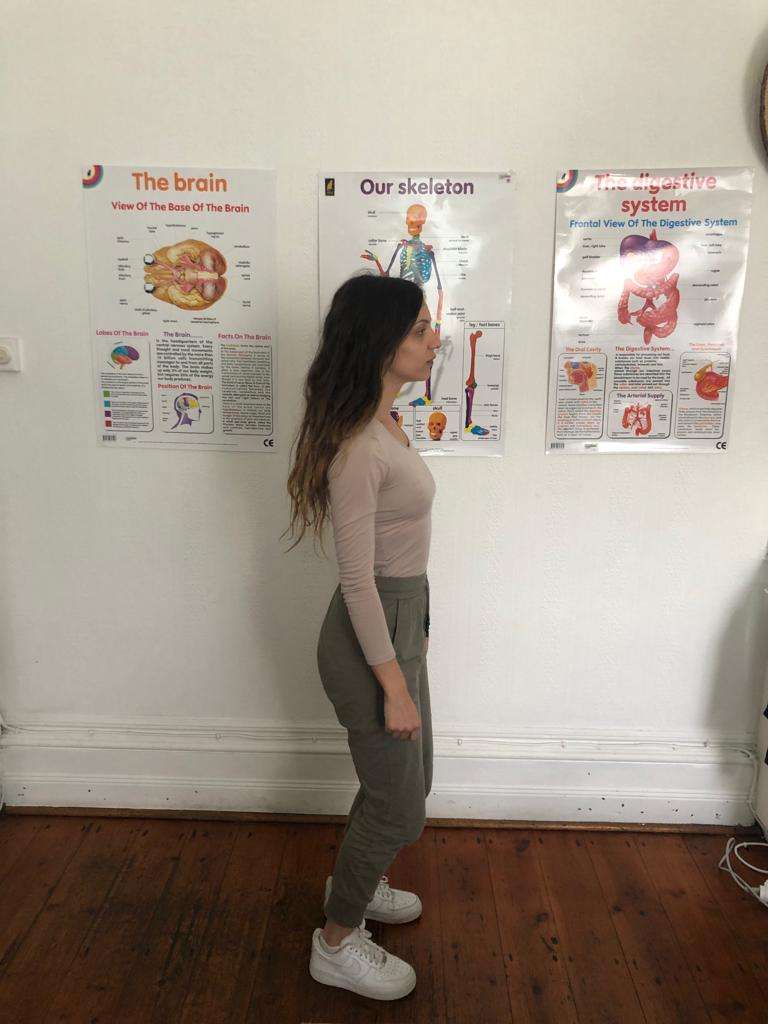
If you need to cough and sneeze and you are worried it will hurt your back, try this technique.
When you feel the need to sneeze, stand up straight.
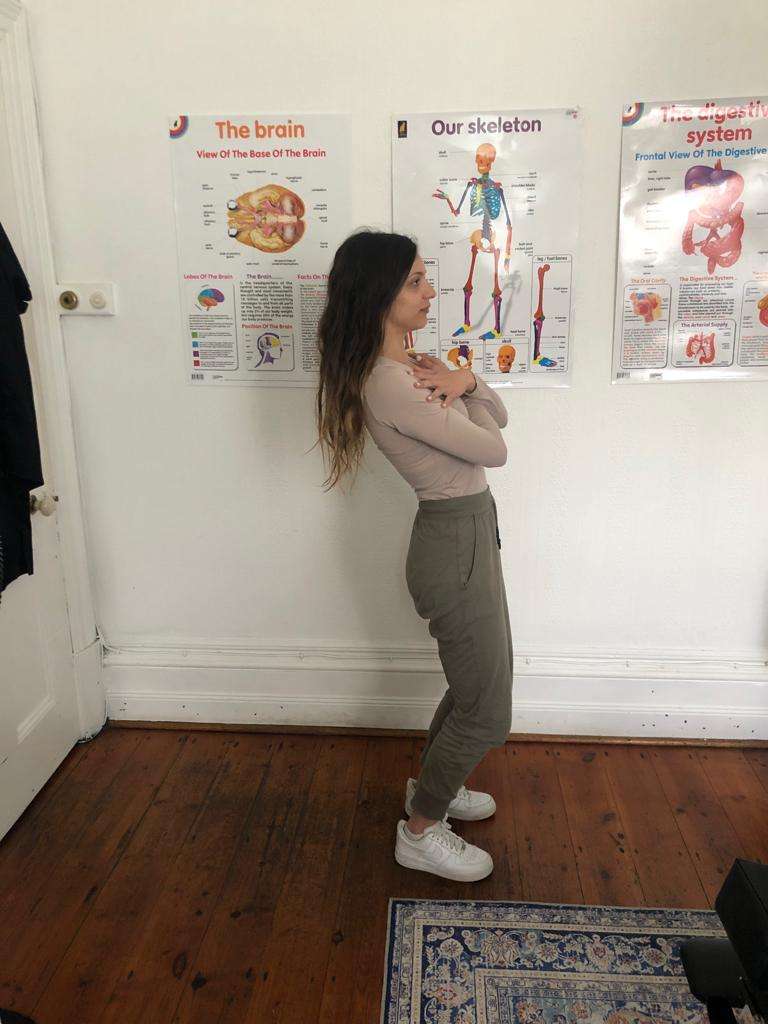
Now bend backwards so that your lower back is in full lordosis (hollow) when you sneeze.
Monitors should be clearly visible without straining or bending.
The top line of type on your screen should be 15 degrees below eye level.
Keep your shoulders relaxed and elbows

Registered chiropractors and sports practitioners, providing professional and evidenced based treatment within a warm and caring environment.
Opening Hours
Mon - Fri:
Sat:
Sun: